Brazil's Hidden Gems: Unveiling the Nation's Exclusive Wildlife
Brazil's Hidden Gems: Unveiling the Nation's Exclusive Wildlife. Brazil, a land of sprawling landscapes and diverse biomes, harbors an unparalleled wealth of wildlife. Among this myriad of species lie true biological treasures: animals that have evolved in isolation within its borders, found nowhere else on Earth.
TRAVEL
Everton Faustino
4/25/20254 min read
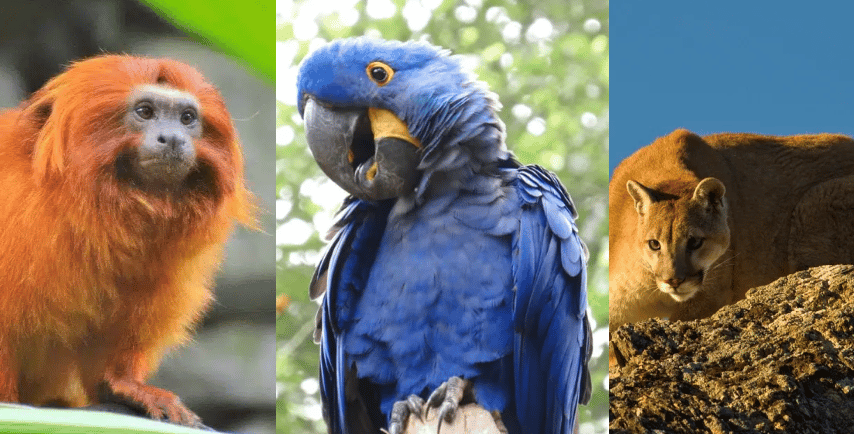

Golden Lion Tamarin (Mico-Leão-Dourado), Hyacinth Macaw (Arara Azul Grande), Cougar (Onça Parda)
Spix's Macaw: A Beacon of Hope
Common Name: Spix's Macaw
Scientific Name: Cyanopsitta spixii
Region: Originally from the Caatinga region of Bahia state. Current efforts focus on captive breeding and reintroduction.
Size: Approximately 55-57 cm in length.
Habits: Historically inhabited riparian forests, feeding on seeds and fruits of native trees. Its story is marked by extreme rarity and, tragically, extinction in the wild.
Where to See: Observation is currently limited to specialized conservation centers, often not open to the general public. Follow reintroduction projects for potential future sightings in their natural habitat.
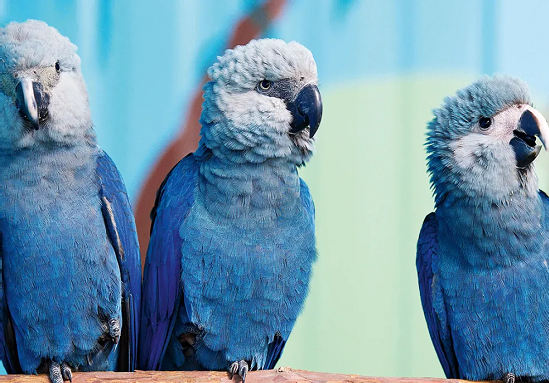

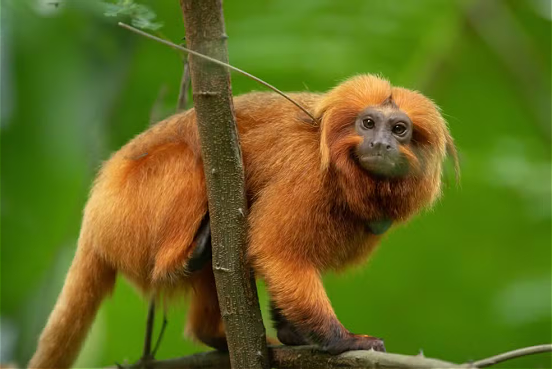

Golden Lion Tamarin: Jewel of the Atlantic Forest
Common Name: Golden Lion Tamarin
Scientific Name: Leontopithecus rosalia
Region: Atlantic Forest of Rio de Janeiro state.
Size: Body length around 20-26 cm, with a long tail of about 32-40 cm.
Habits: Diurnal and arboreal, living in family groups and feeding on fruits, insects, and small vertebrates.
Where to See: Can be observed in protected areas of the Atlantic Forest in Rio de Janeiro, such as the Poço das Antas Biological Reserve and specific monitored areas within the Tijuca National Park. Zoos with a focus on Brazilian fauna, like BioParque do Rio, may also house them.
Franciscana Dolphin: Brazil's Coastal Endemic
Common Name: Franciscana Dolphin
Scientific Name: Pontoporia blainvillei
Region: Coastal and estuarine waters of southern and southeastern Brazil, Uruguay, and Argentina, with Brazil being a significant range.
Size: Small cetacean, about 1.3 to 1.7 meters long.
Habits: Lives in small groups, feeding on fish and squid.
Where to See: Observation in the wild is challenging but possible during boat tours along the southern Brazilian coast (Rio Grande do Sul and Santa Catarina states). Choose responsible tourism operators. Aquariums typically do not house Franciscana dolphins.
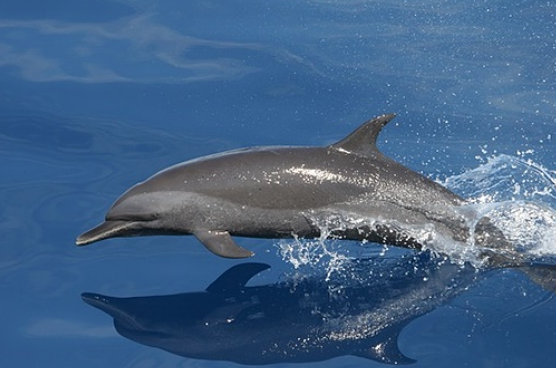

West Indian Manatee: Gentle Giants of the Coast
Common Name: West Indian Manatee (Brazilian populations)
Scientific Name: Trichechus manatus
Region: Coasts of Northeast and part of Southeast Brazil.
Size: Can reach up to 4 meters long and weigh over 500 kg.
Habits: Herbivorous, feeding on seagrasses and coastal vegetation.
Where to See: Conservation projects in areas like the APA da Barra do Rio Mamanguape (Paraíba) and Projeto Peixe-Boi (Pernambuco) may offer monitored observation opportunities. Large aquariums like the Aquário de São Paulo may house manatees.
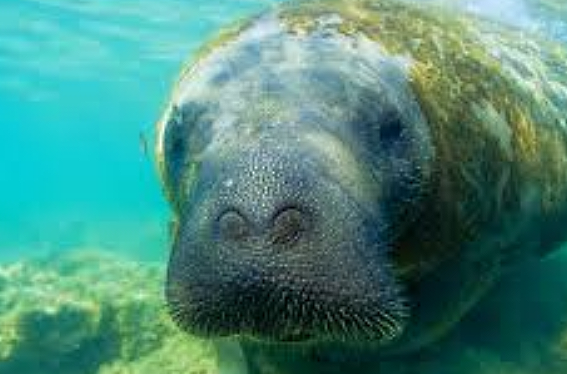

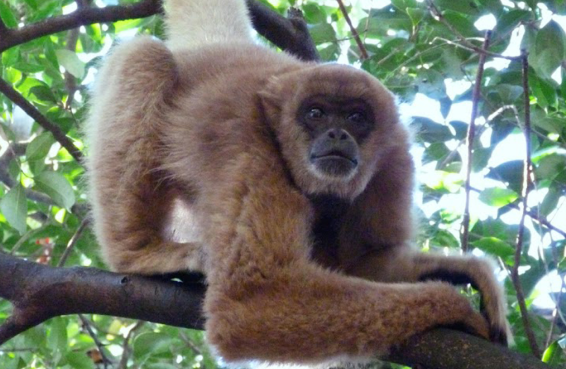

Southern Muriqui: The Gentle Giant Monkey
Common Name: Southern Muriqui or Woolly Spider Monkey
Scientific Name: Brachyteles arachnoides
Region: Atlantic Forest of São Paulo, Paraná, Santa Catarina, and Minas Gerais states.
Size: One of the largest primates in the Americas.
Habits: Diurnal and arboreal, lives in complex social groups, feeding mainly on leaves, fruits, and flowers.
Where to See: Observation is restricted to protected Atlantic Forest areas with significant populations, often with researchers or specialized guides (e.g., Parque Estadual da Cantareira (São Paulo)). Rarely found in zoos due to their sensitivity.
Maned Wolf: The "Long-Legged Fox"
Common Name: Maned Wolf
Scientific Name: Chrysocyon brachyurus
Region: Cerrado and Pantanal.
Size: About 80-110 cm long.
Habits: Omnivorous, solitary, and crepuscular/nocturnal.
Where to See: Difficult to observe in the wild. Can be found in national parks of the Cerrado and Pantanal (e.g., Parque Nacional das Emas (Goiás)). Zoos also commonly house maned wolves.
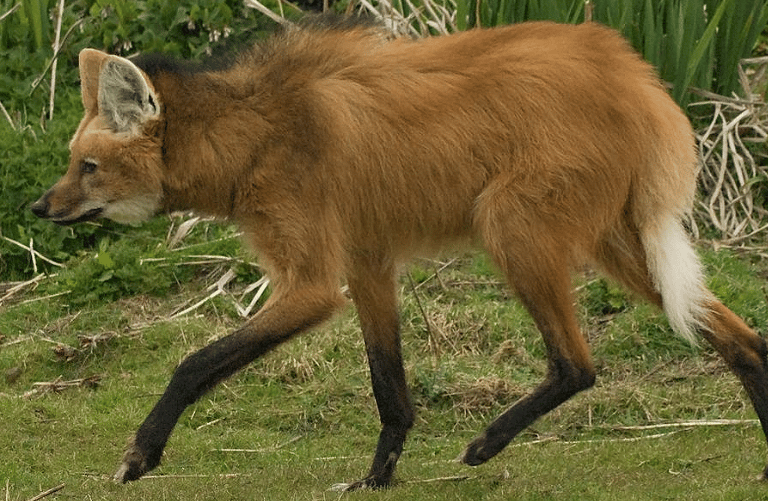

Amazon River Dolphin: The Pink Aquatic Marvel
Common Name: Amazon River Dolphin or Boto
Scientific Name: Inia geoffrensis
Region: Amazon and Araguaia-Tocantins river basins.
Size: Can reach up to 2.5 meters long.
Habits: Lives in rivers and lakes, feeding on fish and crustaceans.
Where to See: Can be observed during boat trips in the Amazon with local guides. Aquariums dedicated to Amazonian fauna may house them.
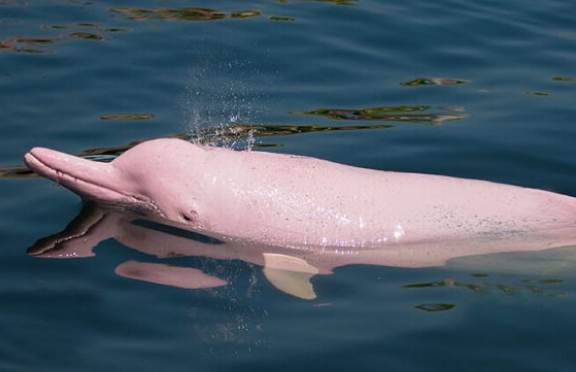

Arapaima: Scaled Giant of the Amazon
Common Name: Arapaima or Pirarucu
Scientific Name: Arapaima gigas
Region: Amazon Basin.
Size: One of the largest freshwater fish in the world.
Habits: Carnivorous, feeding on smaller fish and aquatic animals.
Where to See: Can be observed in the Amazon region, particularly in lakes and flooded forests. Some large aquariums feature arapaima.
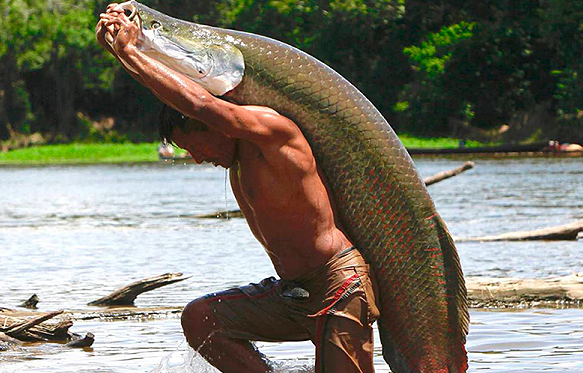

The Urgent Need for Wildlife Conservation in Brazil
These examples merely scratch the surface of Brazil's rich tapestry of endemic wildlife. Each of these unique species plays a crucial role in their ecosystems, and their very existence is intrinsically linked to the health of the Brazilian environment. Habitat destruction, the illegal wildlife trade, and the escalating threats of climate change pose significant dangers to these irreplaceable populations.
It is paramount that scientific research continues to unravel the mysteries of Brazil's incredible biodiversity, providing the essential foundation for effective conservation strategies. Simultaneously, public awareness and societal engagement are vital to ensure a future where these national treasures can thrive. Protecting Brazil's endemic fauna is not just a local concern; it means safeguarding an invaluable part of the world's natural heritage.
